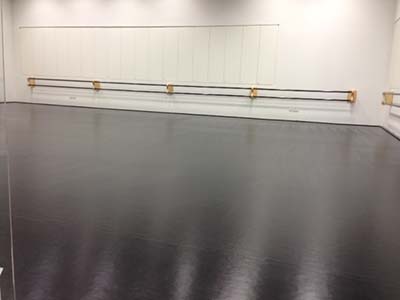One of the most common materials used in contemporary dance floors is light-emitting diode illumination. Light-emitting diode lights are energy-efficient and can generate a broad range of colors and effects. They can be embedded in the floor itself or used as part of a illumination setup above the dance floor. This technology allows for synchronized light shows that can change in reaction to the music, creating an immersive encounter. The capability to configure these lights means that they can be tailored to fit different themes or moods, making each event unique.

Another important substance is reflective materials, such as mirrors or shiny tiles. These materials can create an deception of space and depth, making the dance floor appear larger than it actually is. When performers move, their reflections can add an additional layer of aesthetic interest, enhancing the complete performance. Additionally, reflective surfaces can interact with lighting impacts, amplifying the colors and designs displayed on the floor. This fusion of illumination and mirroring can captivate audiences and boost the vitality of the occasion.
In addition to lighting and mirror-like substances, the use of digital screens has grown progressively popular in dance floor creation. These screens can display vibrant images, animations, or even live feeds of the show. By integrating digital innovation, occasion organizers can create a multi-sensory encounter that engages both the dancers and the spectators. The capability to change images in actual time allows for a dynamic environment that can adapt to the rhythm and vitality of the melodies, making each moment feel fresh and thrilling.
Additionally, the choice of surface substance itself plays a crucial role in the overall encounter. Traditional wooden dance floors are still favored for click this link now their strength and performance qualities. However, newer substances like synthetic and rubber are gaining popularity due to their flexibility and simplicity of maintenance. These materials can provide better impact absorption, minimizing the risk of injury for performers. Additionally, they can be designed with various patterns and hues, allowing for creative expression in the dance floor's appearance.
In summary, the evolution of dance floors into breathtaking visual experiences relies on a combination of creative substances and technologies. LED illumination, reflective surfaces, electronic screens, and customized flooring materials all add to creating an engaging setting for performers and spectators. As innovation continues to advance, the opportunities for improving dance floor creation will only grow, making future events even more captivating and unforgettable. Comprehending these substances helps value the artistry involved in creating spaces where movement and music come together in harmony.